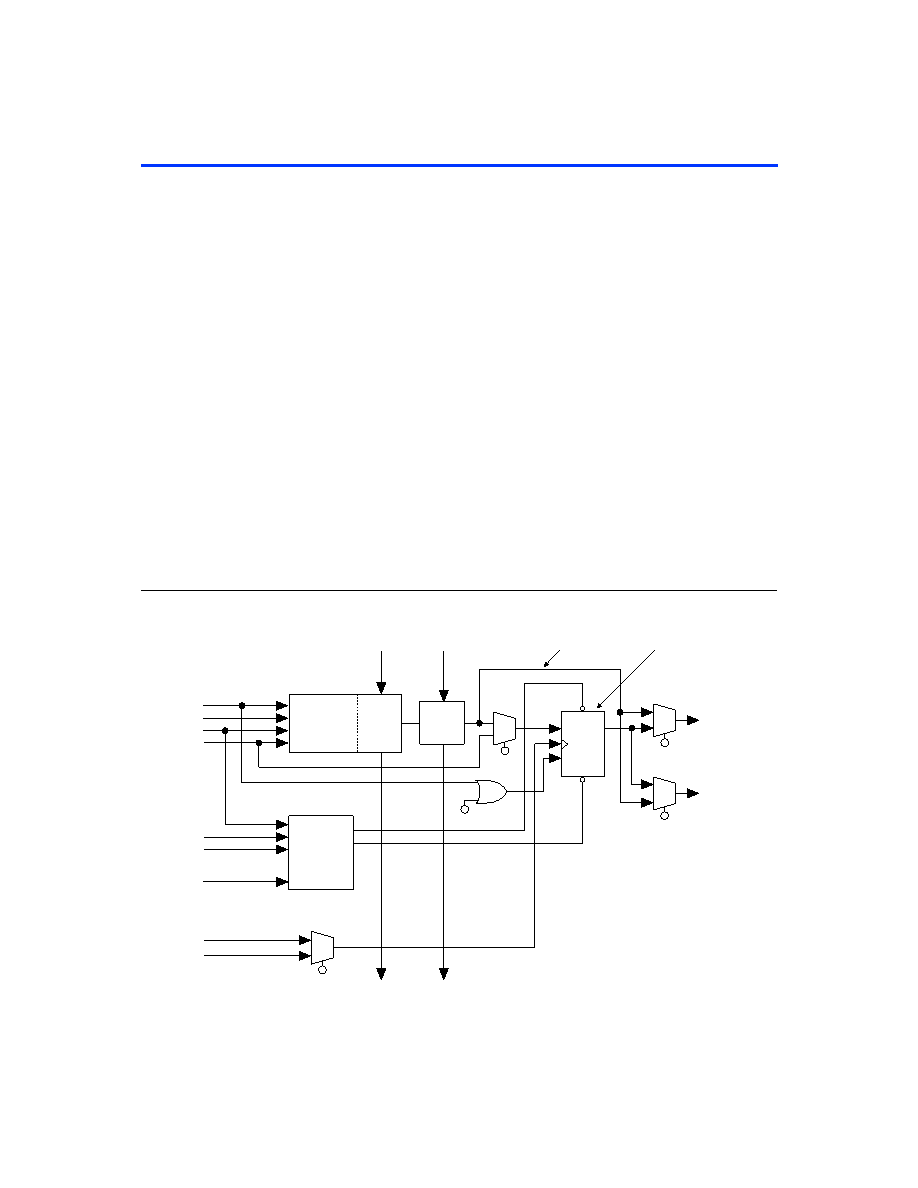- 您現(xiàn)在的位置:買(mǎi)賣(mài)IC網(wǎng) > PDF目錄97926 > EPF10K100B Programmable Logic PDF資料下載
參數(shù)資料
| 型號(hào): | EPF10K100B |
| 英文描述: | Programmable Logic |
| 中文描述: | 可編程邏輯 |
| 文件頁(yè)數(shù): | 45/138頁(yè) |
| 文件大?。?/td> | 2116K |
| 代理商: | EPF10K100B |
第1頁(yè)第2頁(yè)第3頁(yè)第4頁(yè)第5頁(yè)第6頁(yè)第7頁(yè)第8頁(yè)第9頁(yè)第10頁(yè)第11頁(yè)第12頁(yè)第13頁(yè)第14頁(yè)第15頁(yè)第16頁(yè)第17頁(yè)第18頁(yè)第19頁(yè)第20頁(yè)第21頁(yè)第22頁(yè)第23頁(yè)第24頁(yè)第25頁(yè)第26頁(yè)第27頁(yè)第28頁(yè)第29頁(yè)第30頁(yè)第31頁(yè)第32頁(yè)第33頁(yè)第34頁(yè)第35頁(yè)第36頁(yè)第37頁(yè)第38頁(yè)第39頁(yè)第40頁(yè)第41頁(yè)第42頁(yè)第43頁(yè)第44頁(yè)當(dāng)前第45頁(yè)第46頁(yè)第47頁(yè)第48頁(yè)第49頁(yè)第50頁(yè)第51頁(yè)第52頁(yè)第53頁(yè)第54頁(yè)第55頁(yè)第56頁(yè)第57頁(yè)第58頁(yè)第59頁(yè)第60頁(yè)第61頁(yè)第62頁(yè)第63頁(yè)第64頁(yè)第65頁(yè)第66頁(yè)第67頁(yè)第68頁(yè)第69頁(yè)第70頁(yè)第71頁(yè)第72頁(yè)第73頁(yè)第74頁(yè)第75頁(yè)第76頁(yè)第77頁(yè)第78頁(yè)第79頁(yè)第80頁(yè)第81頁(yè)第82頁(yè)第83頁(yè)第84頁(yè)第85頁(yè)第86頁(yè)第87頁(yè)第88頁(yè)第89頁(yè)第90頁(yè)第91頁(yè)第92頁(yè)第93頁(yè)第94頁(yè)第95頁(yè)第96頁(yè)第97頁(yè)第98頁(yè)第99頁(yè)第100頁(yè)第101頁(yè)第102頁(yè)第103頁(yè)第104頁(yè)第105頁(yè)第106頁(yè)第107頁(yè)第108頁(yè)第109頁(yè)第110頁(yè)第111頁(yè)第112頁(yè)第113頁(yè)第114頁(yè)第115頁(yè)第116頁(yè)第117頁(yè)第118頁(yè)第119頁(yè)第120頁(yè)第121頁(yè)第122頁(yè)第123頁(yè)第124頁(yè)第125頁(yè)第126頁(yè)第127頁(yè)第128頁(yè)第129頁(yè)第130頁(yè)第131頁(yè)第132頁(yè)第133頁(yè)第134頁(yè)第135頁(yè)第136頁(yè)第137頁(yè)第138頁(yè)

14
Altera Corporation
FLEX 10K Embedded Programmable Logic Family Data Sheet
Each LAB provides four control signals with programmable inversion
that can be used in all eight LEs. Two of these signals can be used as
clocks; the other two can be used for clear/preset control. The LAB clocks
can be driven by the dedicated clock input pins, global signals, I/O
signals, or internal signals via the LAB local interconnect. The LAB preset
and clear control signals can be driven by the global signals, I/O signals,
or internal signals via the LAB local interconnect. The global control
signals are typically used for global clock, clear, or preset signals because
they provide asynchronous control with very low skew across the device.
If logic is required on a control signal, it can be generated in one or more
LEs in any LAB and driven into the local interconnect of the target LAB.
In addition, the global control signals can be generated from LE outputs.
Logic Element
The LE, the smallest unit of logic in the FLEX 10K architecture, has a
compact size that provides efficient logic utilization. Each LE contains a
four-input LUT, which is a function generator that can quickly compute
any function of four variables. In addition, each LE contains a
programmable flipflop with a synchronous enable, a carry chain, and a
cascade chain. Each LE drives both the local and the FastTrack
Interconnect. See Figure 6.
Figure 6. FLEX 10K Logic Element
To LAB Local
Interconnect
Carry-In
Clock
Select
Carry-Out
Look-Up
Table
(LUT)
Clear/
Preset
Logic
Carry
Chain
Cascade
Chain
Cascade-In
Cascade-Out
To FastTrack
Interconnect
Programmable
Register
PRN
CLRN
D
Q
ENA
Register Bypass
Chip-Wide
Reset
data1
data2
data3
data4
labctrl1
labctrl2
labctrl3
labctrl4
相關(guān)PDF資料 |
PDF描述 |
|---|---|
| EPF10K200S | Programmable Logic |
| EPF10K130EFC484-3 | Field Programmable Gate Array (FPGA) |
| EPF10K130EFC672-1 | Field Programmable Gate Array (FPGA) |
| EPF10K130EFC672-1X | Field Programmable Gate Array (FPGA) |
| EPF10K130EFC672-2 | Field Programmable Gate Array (FPGA) |
相關(guān)代理商/技術(shù)參數(shù) |
參數(shù)描述 |
|---|---|
| EPF10K100BFC256-1 | 制造商:Rochester Electronics LLC 功能描述:- Bulk |
| EPF10K100BFC256-1DX | 制造商:未知廠家 制造商全稱(chēng):未知廠家 功能描述:ASIC |
| EPF10K100BFC256-2 | 制造商:Rochester Electronics LLC 功能描述:- Bulk |
| EPF10K100BFC256-2DX | 制造商:未知廠家 制造商全稱(chēng):未知廠家 功能描述:ASIC |
| EPF10K100BFC256-3DX | 制造商:未知廠家 制造商全稱(chēng):未知廠家 功能描述:ASIC |
發(fā)布緊急采購(gòu),3分鐘左右您將得到回復(fù)。